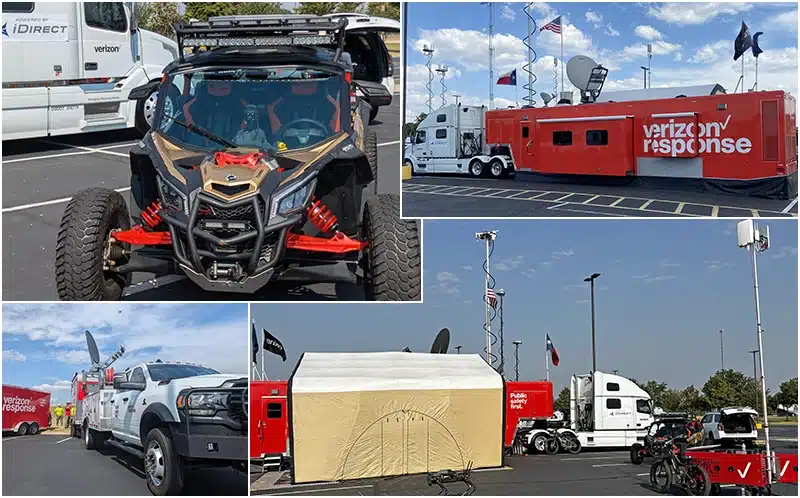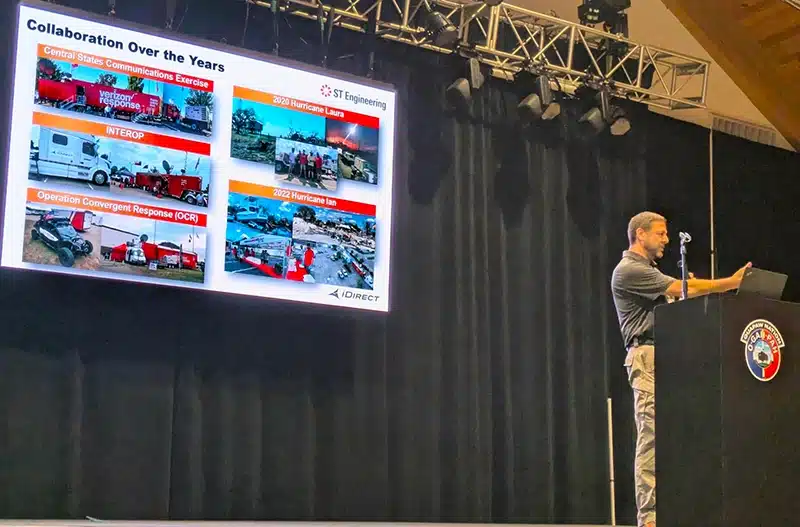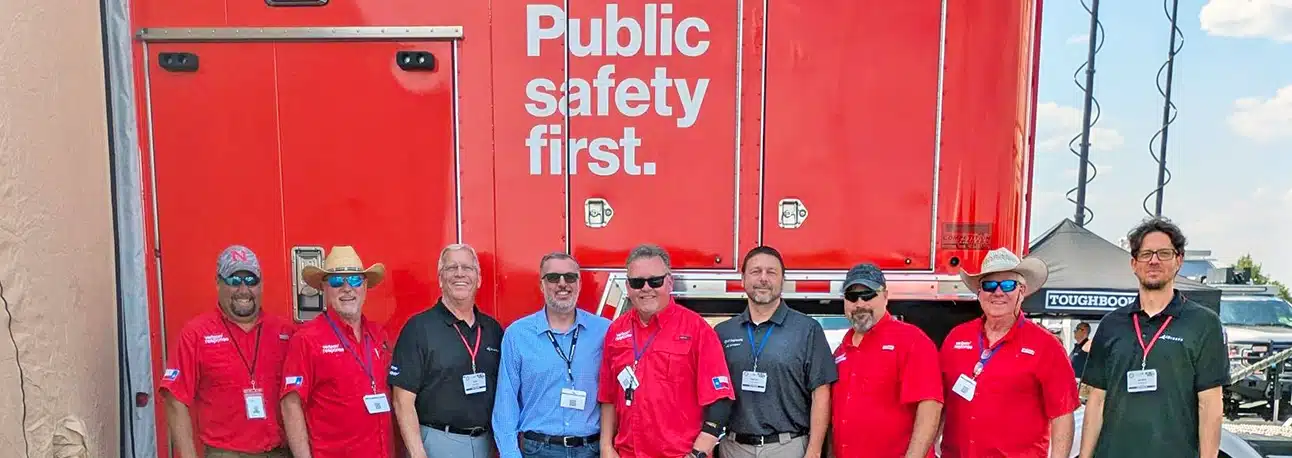As global weather patterns become increasingly unpredictable, the challenge for those involved in disaster response has become more urgent. How can agencies respond to every event as rapidly and efficiently as possible? For those involved in these recovery operations, the ability to communicate is essential, and in many cases, communications networks have been severely damaged or destroyed. Restoration of these key networks is a lifeline for those affected as recovery teams assess the impact and prioritize those who need help most.
Highly Active Atlantic Hurricane Season Predicted to Continue
The 2024 hurricane season in the United States has been unusually active, with the National Oceanic and Atmospheric Administration (NOAA) predicting more to come. Seven tropical cyclones have formed, including four hurricanes and one major hurricane, Hurricane Beryl, one of the earliest category-5 Atlantic hurricane on record. This is a result of near-record sea surface temperatures and the possibility of La Nina, a complex weather pattern resulting from variations in ocean temperatures in the Equatorial Pacific.
Hurricanes rip through communities, leaving devastation in their wake. Property is destroyed leading to displacement and homelessness, areas become uninhabitable, trees are uprooted, water shortages are triggered, and power lines and cellphone infrastructure are destroyed.
How can agencies prepare to respond?
To ensure that the agencies that must respond to the aftermath of these storms are as prepared as possible, communications exercises are initiated where different scenarios are played out and reacted to, trialing emergency communications plans that can be implemented during real-life events.
From September 10-13, the 2024 Central States Communications Exercise (CSCE) was held in Quapaw, Oklahoma, one of the largest of its kind in the United States with a total of 314 participants.
The standout themes from this event were agency interoperability and collaboration. This works on two levels: technologically and inter-agency. It’s vital that different teams are aligned and communicating between each other. This also goes for the technology, which also must be able to interoperate, or coordination would be impossible. A joined-up and coherent approach means that everyone is aligned and able to share information and make on-the-spot and informed decisions.
Longtime partners hone response
ST Engineering iDirect participated in the event with our longtime partners, Verizon Frontline Crisis Response Team and Verizon Satellite Solutions Group (SSG), to showcase satcom powered solutions. The Crisis Response Team provides on-demand, emergency assistance to government agencies, first responders, frontline workers and communities to help maintain mission-critical communications when they’re needed most.
Verizon provides end-to-end infrastructure from the satellite capacity to the user terminal (or trailer). Their solutions are powered by iDirect technology, including their Tactical Trailer, Satellite Picocells on Trailers (SPOTs), tethered drone backhauled over our high-throughput MDM5010 modem, featuring our award-winning Mx-DMA MRC waveform, and LTE used to stand-up coverage and connectivity. All these solutions are quick-deploy and are used to re-establish connectivity in affected areas.

Other Verizon solutions showcased included routers, network extenders, mobile hotspots, smartphones, and even a robot dog equipped with cameras to capture surveillance and Wi-Fi capability to extend coverage.
ST Engineering iDirect and Verizon have a long history of collaboration including other emergency preparedness events such as INTEROP 2024 that took place back in May as well as actual hurricane disaster recoveries such as Hurricane Ian in 2022 and Hurricane Laura in 2020.
During the event, participants were given a Task List Operations check list to apply vendor technology in different scenarios. Participants viewed the inside of Verizon trailer, and this led to dialog between agencies and Verizon on how they can receive support. For example, an agency is planning an electronic warfare scenario in Seattle in preparation for the World Cup. This will involve a simulated GPS/LTE attack. When asked how Verizon maintains connectivity reliably, the team explained that, when connected to satellite they can maintain communications and GPS is simply not required.
Trust between teams

Darren Ludington, SVP Americas and the lynchpin of the Verizon partnership, has been working with the team for almost 20 years. During this time, he has tirelessly promoted emergency preparedness and effective communications. At the event, he was joined by highly experienced members of the ST Engineering iDirect team including Kris Jarrett, RVP North America; Ken Harris, Senior Sales Executive; and Andre Finlinson, Senior Systems Engineer.
Events such as the CSCE are pivotal to the success of disaster recovery operations. They promote discussion, information and experience sharing and help to forge relationships between government agencies and technology innovators and providers. We are proud to support this event and look forward to our continued work with the Verizon team.
